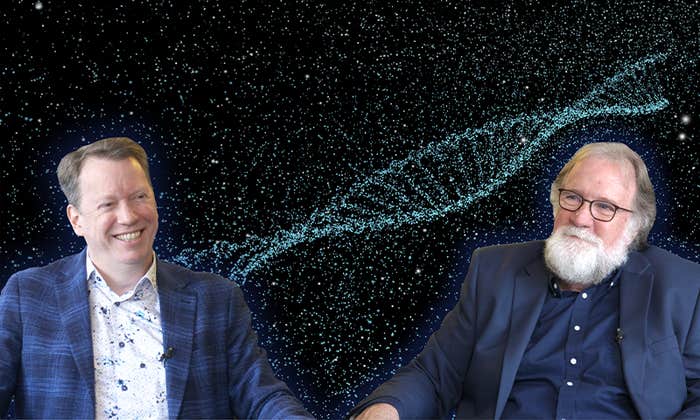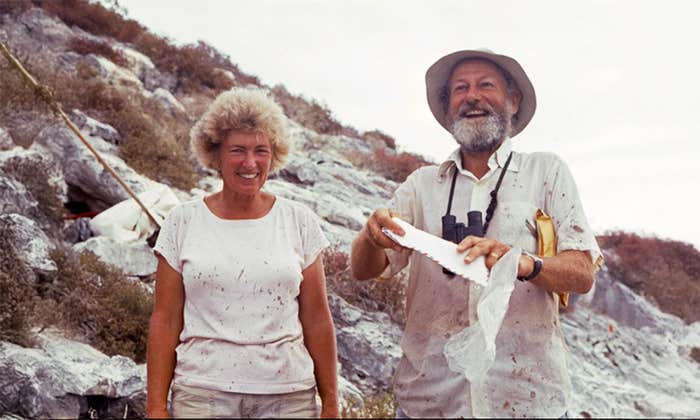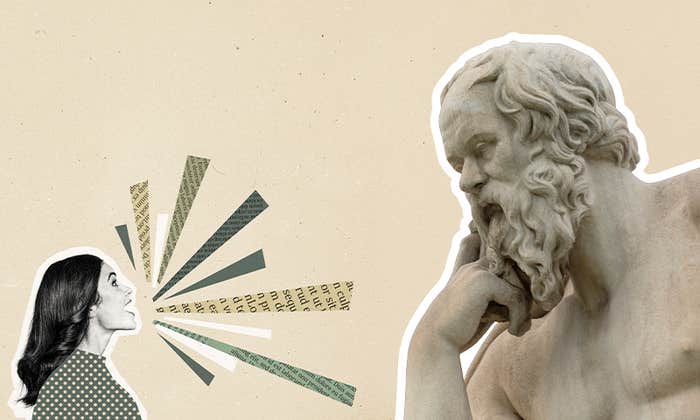At the park near my home in Georgia grows a towering oak tree I often visit at the end of the day, when I feel weary. When I reach it, I run my hands over its rough gray fissured bark. I walk a circle around it, imagining its roots winding through the earth below. It is magnificent, this oak tree, and nothing at all like me. Its bark is utterly strange against my own skin. Its roots that hold steadfast in the soil are not like my wandering, restless feet. I tilt my head back to take in its vaulted, spacious canopy, its long curving limbs. Up there, with its thousand spreading leaves, the tree performs a feat I could never hope to accomplish.
While I must eat plants, or, sometimes, other plant-eating animals, to obtain the energy I need, the tree can eat the light of the sun. Far above me, the chloroplasts in each leaf’s cells capture photons from our nearest star. With the help of carbon dioxide inhaled through tiny respiratory passages in the leaves called stomata, and the water that circulates through the leaves’ veins, the tree turns the sunlight into glucose and so keeps growing year after year, sending its roots deeper and unfurling more leaves.
My eyes move along the limbs that loft themselves skyward, reaching toward the light. As I gaze into the shimmering green and feel my face and arms warmed by the evening sun, I sense that I too am nourished by this golden light. The cells in my body tell a primordial story of my kinship with this alchemist tree. In fact, I wonder if it’s correct to say that I don’t eat light. Don’t we humans have our own ways, too?
As sunlight infuses the cells of our largest organ, the skin, we synthesize the Vitamin D that is crucial for absorbing the minerals that build our bones, among many other metabolic functions. (Despite its name, Vitamin D is not a vitamin but a hormone produced in response to sun exposure.) As sunlight enters our eyes, our rods and cones receive the incoming photons and translate the bright world around us into images—or the dim world, as rods respond to even a single photon.
Light of our false suns disturbs even the rhythms of trees.
It was once thought that rods and cones were the only photoreceptive cells in our eyes. But at the turn of the millennium, researchers identified a different type of cell in the retina whose existence had been suspected since 1923, when geneticist Clyde Keeler noticed that the pupils of blind mice still dilated when exposed to light. These cells—named intrinsically photoreceptive retinal ganglion cells—have nothing to do with the formation of images.
Instead they send signals to an area deep in the center of the brain called the hypothalamus. Inside the hypothalamus is the suprachiasmatic nucleus, better known as the circadian clock. A tiny region that contains about 20,000 neurons (compared to the visual cortex that contains 5 billion), this “clock” is central to our lives. Like a conductor counting out measures, it orchestrates a symphony of precisely timed physiological processes, from circulating hormones to maintaining body temperature to synthesizing proteins to regulating sleep and the rhythms of our heartbeat.
The circadian clock, having evolved under regular 24-hour cycles of light and darkness for millions of years, is now so deeply rooted in our biology that it is considered internal, persisting even in the absence of external cues. The same is true for plants, which evolved circadian rhythms independently of, and long before, us animals. Even when kept in darkness, some plants will still raise their leaves each day and lower them at night as if to sleep.
But even as the clock ticks internally, from moment to moment it also receives signals from the sun. The sun is our most powerful zeitgeber, as chronobiologists call it, meaning “time-giver” in German. Just as the clock on my grandmother’s mantle had to be wound with a key each day as it began to run down, so our internal clocks are kept running at the appropriate speed by daily exposure to light and darkness in a process called photo-entrainment. Even with our eyes closed, the photosensitive cells in our retinas register light or darkness, continually attuning our ancient internal clock to our present environment. As we know by the experience of jet lag as we travel across time zones, we can feel like a broken clock when our bodies fall out of entrainment with the sun.
One of the best-studied light-induced oscillations in the body is the release of melatonin, a hormone that acts like a cellular lullaby, signaling our bodies to sleep with the onset of darkness. It does not just send us floating along a river of dreams, though. As melatonin surges in the absence of light, it also sweeps unstable molecules called free radicals from the mitochondria that power our cells, acting as a powerful antioxidant. Just as important as eating light, then, is fasting from it.
The same photosensitive cells that wake us at dawn are the ones that disturb our sleep when a streetlight shines through the curtains at midnight. Exposure to light after dark suppresses melatonin release and delays the sleep phase of the circadian rhythm. Since the advent of electricity, it has become easy to make the proverbial sun blaze all night or to interrupt the night with flashes of day, to prolong sundown or rush the sunrise by burning fossil fuels—buried and compressed plants that ate the sunlight millions of years ago. Bathed in the glow of the false suns that our lightbulbs and digital screens are, our eyes send messages to our master clock that cause confusion. By eating light at the wrong times we disrupt our sleep, metabolism, energy, mood, and hormonal cycles. There is even evidence that links circadian rhythm disruption to higher risks of cancer.
I wonder if it’s correct to say that I don’t eat light. Don’t we humans have our own ways, too?
Since the discovery of the circadian clock in the hypothalamus, scientists have found similar clocks in several other areas of the brain. Some of these regions are responsible for mood and cognition. This means that the false suns whose light we eat in irregular patterns can directly cause disorders such as depression and anxiety, as well as difficulties performing cognitive tasks and learning, independent of sleep disruptions.
Such clocks, it turns out, have also been found in peripheral tissues in the lungs, skeletal muscles, liver, and heart, all of them exhibiting a rhythmicity governed by light. Even the eyes, apart from the retinal ganglion cells that receive light, contain these clocks. In fact, when single cells are isolated from their tissues, most of them demonstrate such rhythms. Our cells, in multitude, each entraining to the photons our eyes receive, coordinate the biochemical processes of our organs within the 24-hour cycle.
Clocks have been discovered in the brains, tissues, or cells of organisms in every branch of the phylogenetic tree, from plants and mammals to insects, algae, fungi, and even single-celled bacteria. While the first clocks likely evolved 2.5 billion years ago in oceanic cyanobacteria, circadian rhythms appear to have evolved independently in each limb of life’s tree, each growing toward the same source.
Now, the light of our false suns, which have grown ever brighter and more numerous, disturbs even the rhythms of trees, inducing them to leaf and bud and flower too soon, making them more susceptible to pathogens and frost damage and causing them to miss their ancient annual appointments with specific pollinators.
When I visit the oak tree as the days get shorter in the autumn, I watch in wonder as its canopy flushes scarlet. It is cutting off the flow of chlorophyll, entraining to seasonal changes as the Earth circles the sun and the duration and intensity of light fluctuates. I pick up a leaf from the ground at my feet and remember that my body is entraining, too. I will produce more melatonin and less Vitamin D with less sun exposure through the winter months.
Though the tree seems so radically different than me, so strange at times, I remember that we travel together in this spinning dance around our star, the sun that makes life possible and orchestrates the rhythm of our days and seasons, that gives us a pulse. Twirling the leaf, with its stem between my thumb and index finger, I feel my aeons-long cellular kinship with all light-eaters. All beings under the sun. ![]()
Lead image: r.classen / Shutterstock
































